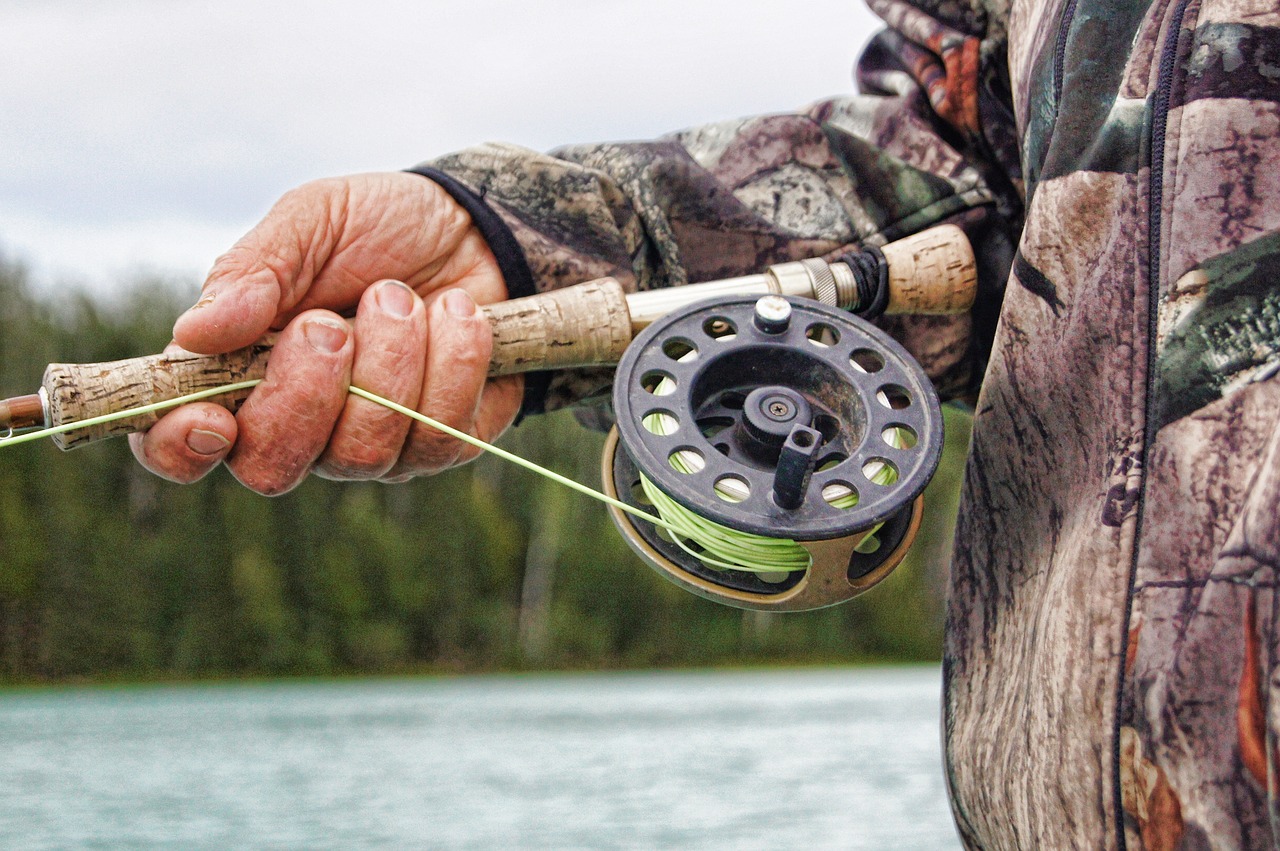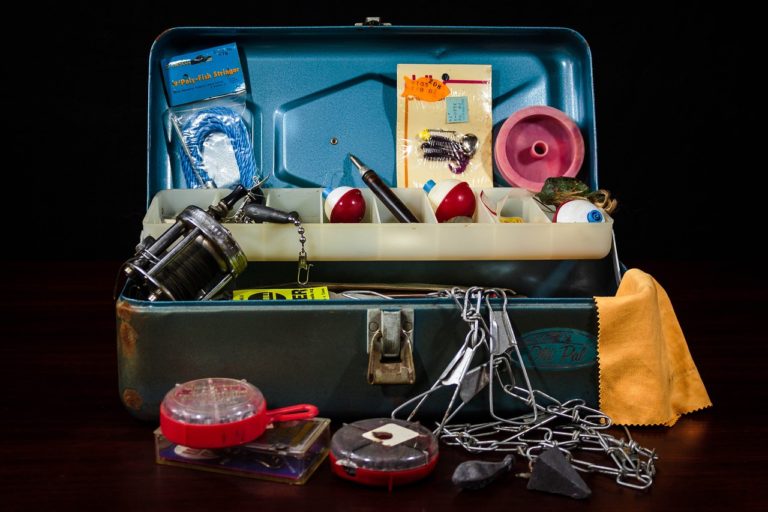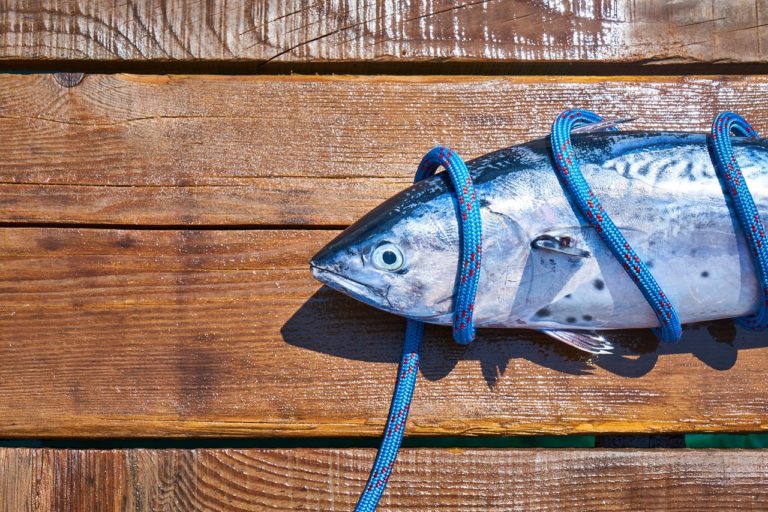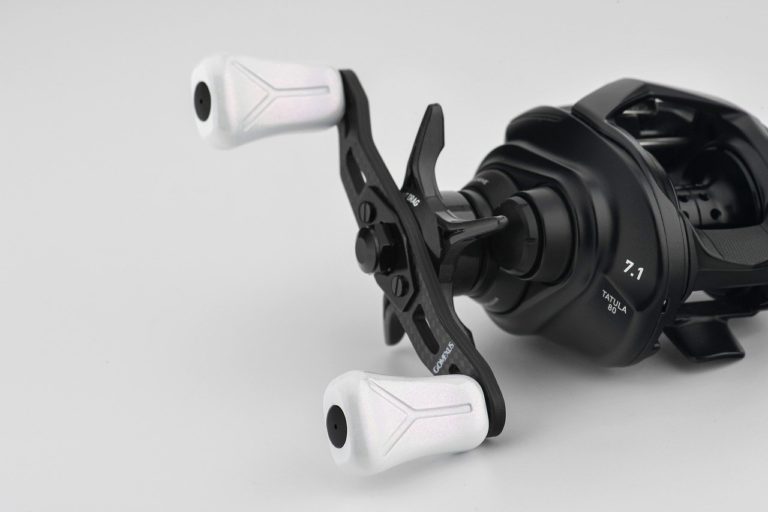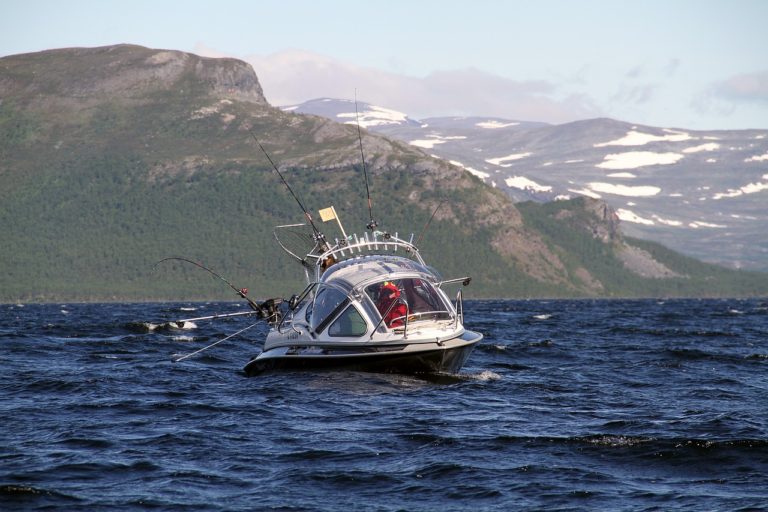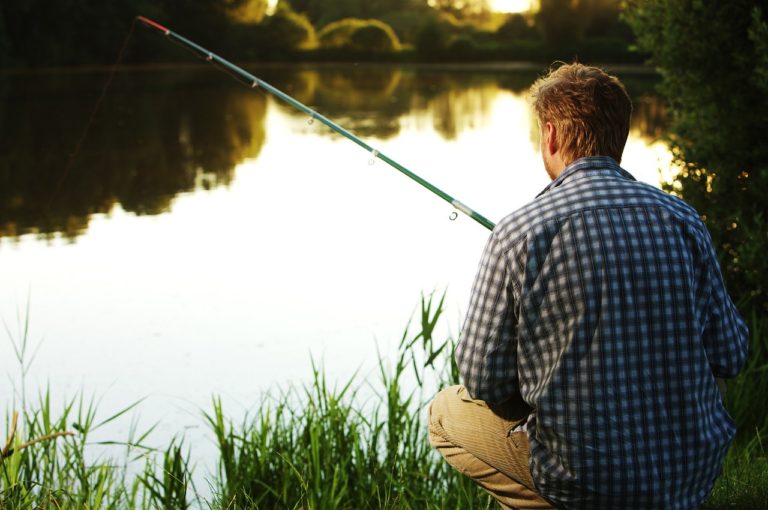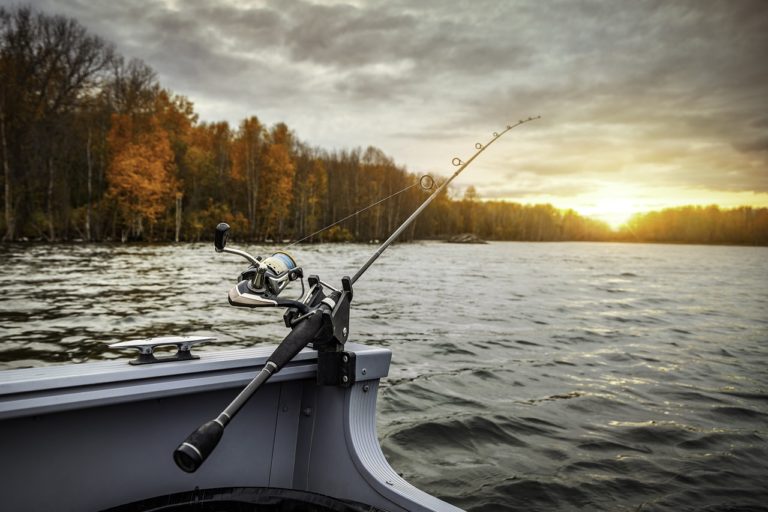The Ultimate Guide to Fly Fishing: Essential Gear, Techniques, and Tips for Beginners and Pros
In this article, we’re going to unravel the mystery and charm of fly fishing, that elusive dance between man and fish.
We’ll guide you through the nuances of what fly fishing is, how to master it, and why it’s enough to make even the grumpiest angler grin.
So, buckle up, grab your fly fishing rod and reel, and let’s dive into the captivating world of fly fishing!
What is Fly Fishing?
The Art of Fly Fishing
Fly fishing can be likened to a ballet performance between the angler and the river.
Instead of using bait and waiting for fish to bite, fly fishing involves an intricate dance of casting the fly, a hook tied with feathers, fur, or other materials, to mimic a range of fish prey.
Fly anglers use their hands, making rhythmic, methodical movements with the fishing line to allow the fly to ‘dance’ in the air before it gently lands on the water, often tricking the fish into believing it to be a real insect.
This art of deception requires patience, precision, and a keen understanding of the habits and habitats of fish.
Gear Up for Fly Fishing
To become a proficient fly fisher, you’ll need more than just enthusiasm; it calls for specialized equipment.
A fly fishing rod and reel are the heart and soul of your gear. These rods are longer and more flexible than your typical fishing rod to allow for the perfect casting of the fly.
The reel, on the other hand, is designed to manage the unique fly line, much heavier than the usual fishing line, as it helps give weight to the entire system, allowing the angler to cast the lightweight fly far and accurately.
The line, usually coupled with a leader and tippet, completes the trio, creating a seamless and efficient fishing experience. These tools, when wielded correctly, can turn the challenging art of fly fishing into a rewarding venture.
Essential Equipment for Fly Fishing
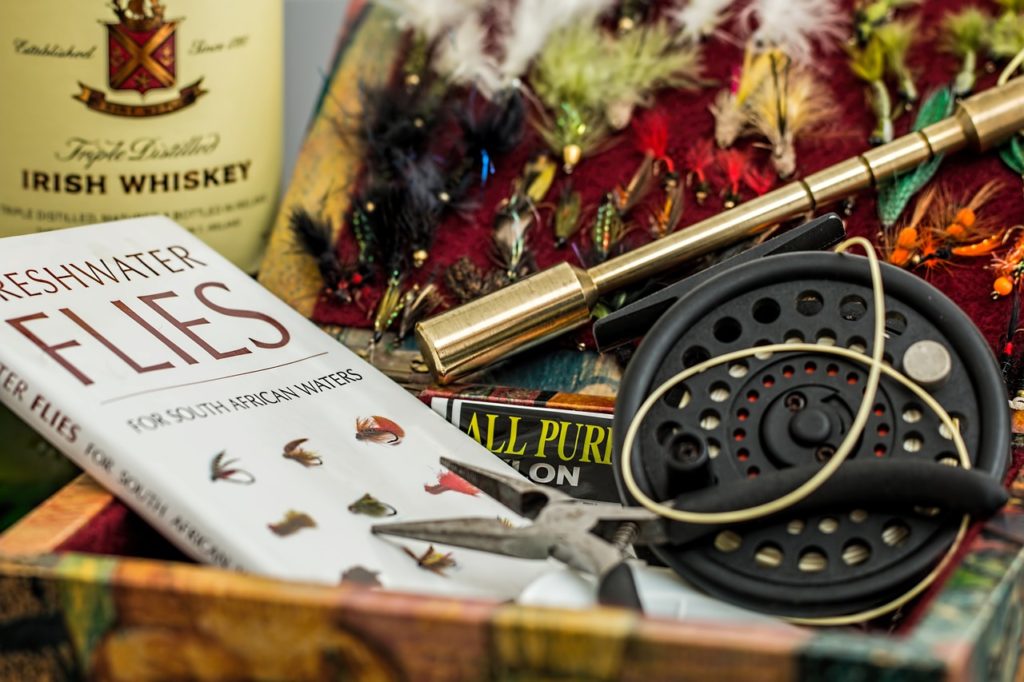
Below is a list of all the necessary gear you need for a successful fly-fishing expedition:
- Fly Rod: The primary tool in your fly fishing arsenal. Longer and more flexible than traditional fishing rods, the fly rod enables accurate casting of the fly.
- Fly Reel: This special reel manages the heavier fly line, adding weight to the system for casting the lightweight fly.
- Flies: These lures, made from feathers, fur, or other materials, are designed to mimic the appearance of the prey of fish. The more accurately your fly resembles the fish’s natural food, the more successful you’ll be.
- Fly Line: The unique line in fly fishing that is heavier than typical fishing lines. It is composed of three parts: the backing, which gives additional length to your line; the fly line itself, which is weighted to enable casting; and the leader, where the fly attaches directly. The leader helps to make the fly line appear less noticeable to the fish.
- Waders: Although optional, waders are highly recommended for fly fishing. They keep you dry as you wade through the water, allowing you to reach spots that are otherwise inaccessible.
Remember, every piece of this gear plays a critical role in ensuring that you have a successful and enjoyable day on the water. The more familiar you are with your equipment, the better your chances of landing that big catch!
Types of Artificial Flies
Dry Flies
Dry flies are the most common fly used by anglers, designed to float on the water’s surface and mimic insects in their adult stage.
They are typically made with materials that resist water absorption, allowing them to stay afloat and dance enticingly atop the water’s surface, mimicking the movements of terrestrial insects.
This makes them an irresistible temptation for fish that feed on surface insects, creating the thrilling spectacle of a surface strike.
Nymphs
Nymphs are artificial flies designed to imitate the immature form of aquatic insects, specifically those that dwell just below the water’s surface.
These flies are weighted, allowing them to sink slightly and float at different depths in the water column, presenting a tempting meal for fish that feed below the surface.
The lifelike behavior of nymphs, along with their strategic positioning in the water, makes them an effective tool in the fly fisher’s arsenal.
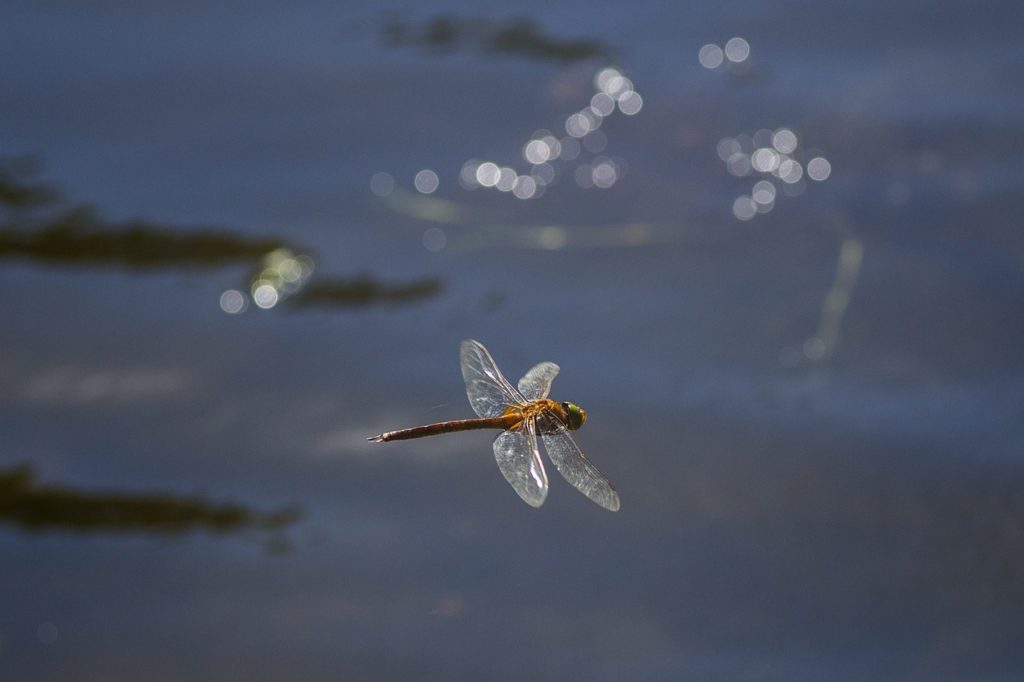
Streamers
Streamers are a type of fly that’s designed to mimic small bait fish, leeches, and other larger in-water prey.
Crafted with long, slender materials that move enticingly in the water, these flies sink, allowing them to be fished at varying depths, thus providing an irresistible and substantive meal for larger predatory fish.
Where Can I Fly Fish?
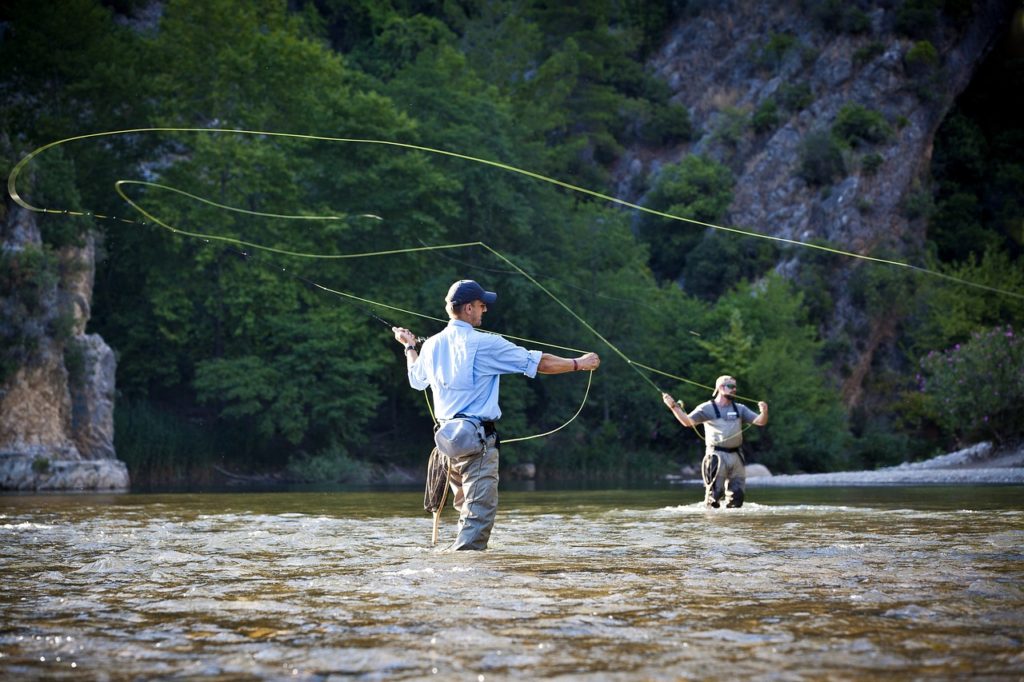
You can fly fish just about anywhere, as long as you’re legally allowed to do so.
Fly fishing isn’t limited to just creeks or rivers; you can also cast your line in lakes, ponds, bays, and even the ocean.
The key is to be aware of the local regulations and ensure you have the necessary permissions or licenses.
Whether you’re nestled in the serene quiet of a mountain stream, standing knee-deep in the lively current of a river, or facing the vast expanses of the ocean, the world is your playground.
Just remember to respect the environment and the local wildlife in your pursuit of the perfect catch.
Fly Fishing by Sizes
When it comes to fly fishing, size is an important factor to consider.
Specifically, an angler needs to match the sizes of their line, rod, and reel to ensure a balanced and effective setup.
For instance, if you’re using a size 5 fly fishing rod, you would ideally pair it with a size 5 reel and line.
This harmonization enables not only a smoother casting and retrieval process but also enhances the overall fishing experience.
- Sizes 2-3: These are suitable for targeting smaller species such as trout and panfish. The lighter size of these rods allows for delicate presentations, essential for not spooking these smaller, often skittish fish.
- Sizes 4-6: If you’re going after larger trout or smallmouth bass, these sizes are your go-to. They offer a good balance between finesse and strength, making them a versatile choice for a variety of settings.
- Sizes 7-9: For the bigger catches like largemouth bass and salmon, you’ll need these sizes. They provide the additional heft necessary to handle these more substantial and often more aggressive fish.
- Sizes 10-12: Venturing into the realm of saltwater fishing? These sizes are designed for large saltwater species like tarpon, as well as sizable freshwater fish like muskies found in large lakes and rivers.
- Sizes 13-16: These are reserved for the big game, trophy fish like marlin and sailfish. If you’re dreaming of landing that once-in-a-lifetime catch, these are the sizes you’ll need to make it happen.
Consider The Size of the Fly You Want To Use
The weight of your fly fishing rod significantly influences the type of fly you can use.
For instance, a smaller size 3 rod is excellent for casting a dry fly, but it may struggle with larger flies.
Conversely, a larger size 7 rod can easily handle throwing bigger flies, but it may not be as suitable for a dry fly.
Therefore, choosing a rod size in between, like a 5, provides a good balance, offering you a wide range of options for various fly fishing scenarios.
Choosing the Right Fly Fishing Rod
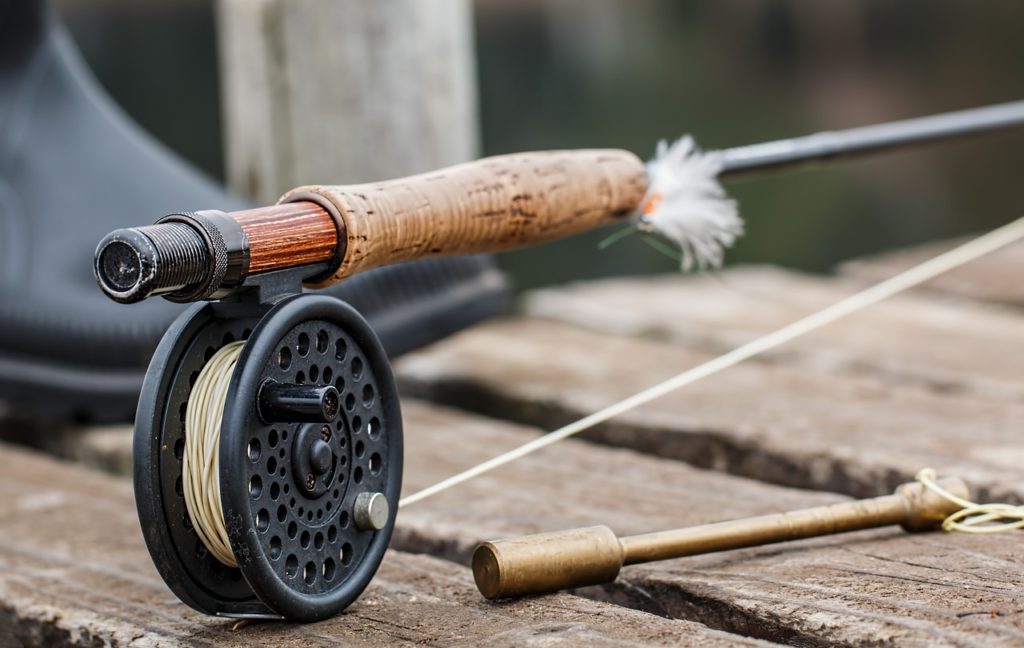
When it comes to selecting the appropriate fly fishing rod, two main factors come into play – the rod’s weight and action.
As we’ve highlighted above, rod weight determines the rod’s thickness and strength, an essential factor when targeting different fish species.
On the other hand, a rod’s action describes how and where the rod bends during fly casting.
There are three categories of rod action: medium, medium-fast, and fast.
- Medium-action rods bend over most of the rod’s length, resulting in slower casting speeds. This slower action offers a great deal of control and precision, particularly well-suited for beginners and delicate fly presentations.
- Medium-fast action rods bend about in the middle, offering a balance between casting speed and finesse. These fly rods are versatile and a popular choice among many anglers as they provide a good compromise between power and flexibility.
- Fast-action rods, mostly bending at the tip, allow for the fastest fly-casting speeds and the greatest distance. However, they lack in terms of delicacy and may require a bit more skill to handle. Experienced anglers often find themselves gravitating towards these rods for their speed and power, but many return to the reliable versatility of the medium-fast action.
Understanding these categories and how they impact your fly fishing experience can help you make an informed decision when choosing your perfect fly fishing rod.
Price of Fly Fishing Rod
If you’re serious about sticking with fly fishing, it’s worth considering a higher-quality rod right from the start.
You might want to look at rods priced around $100 or more, as they tend to offer superior performance and longevity.
While it might be tempting to opt for a cheaper rod initially, remember, you are likely to eventually upgrade to a more expensive one, so think of this as an investment in your fly fishing journey.
Choosing the Right Fly Fishing Reel
Choosing the right fly fishing reel is just as crucial as selecting the perfect rod.
You want your reel to be a matching piece in your setup puzzle; the sizes should correspond.
While the rod often steals the spotlight in the fly fishing ensemble, don’t underestimate the importance of the reel.
For regular freshwater fly fishing, the reel might not play as pivotal a role, but if you’re going after larger fish or venturing into ocean fishing, it’s a whole different game.
In such scenarios, you’ll need a reel robust enough to hold substantial backing and equipped with a strong drag system to handle those powerful, tug-of-war battles with the big ones.
So, remember, your reel should be a harmonious fit with your overall setup, balancing functionality and compatibility.
Fly Fishing Tips and Tricks
Approaching the Fish
One valuable tip to remember when trying to catch fish is your approach. Fish in rivers are usually looking upstream for food flowing down to them.
Thus, the smart move is to approach the fish from downstream. By doing this, you can minimize your chances of being detected by the fish.
Remember, fish have a keen sense of their environment and even the slightest disturbance can send them into a defensive mode.
So, carefully approach them from downriver, positioning yourself to cast your fly upstream and let it drift naturally down towards the fish.
This technique not only increases your chances of a bite but also adds to the thrill and satisfaction of the fly fishing experience.
Visit our article on fishing tips and tricks for more ideas
